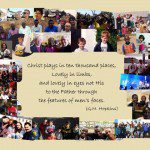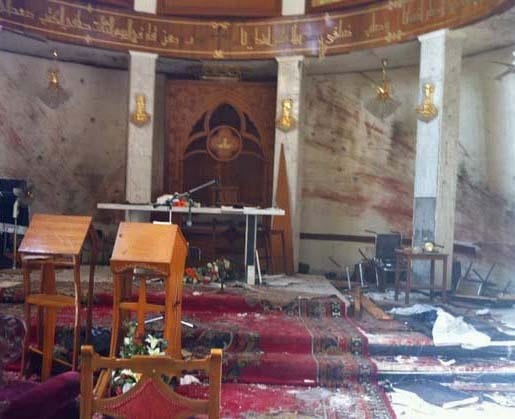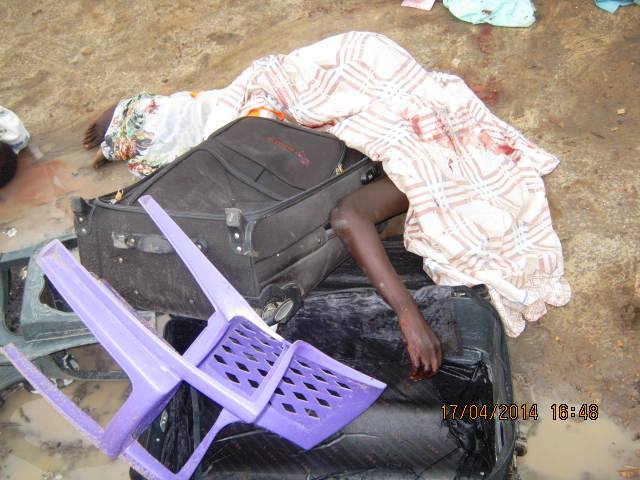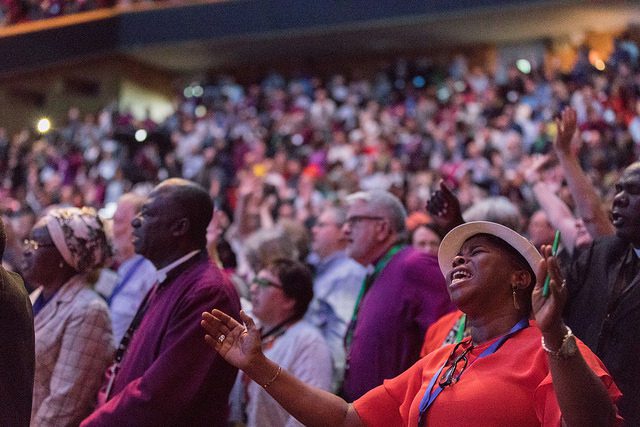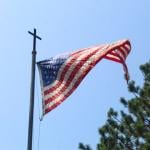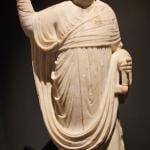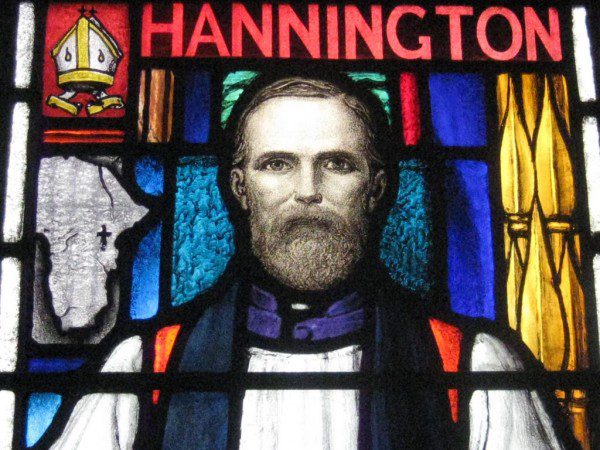
This past Saturday, October 29, was the 131st anniversary of the martyrdom of James Hannington, 38, Anglican missionary bishop to East Equatorial Africa.
Bishop Hannington was a great and godly man whose life and death make me proud to be an Anglican. His legacy, and that of others — such as the Ugandan Christians executed shortly thereafter by Mwanga, the Kabaka (king) of Buganda — is in the fires of revival that transformed East Africa.
I first learned Hannington’s story when I was doing research for my and Grace Akallo’s book, Girl Soldier: A Story of Hope for Northern Uganda’s Children. (Chosen Books 2007) Girl Soldier is about the plight of children in Northern Uganda, abducted and used as killing machines by Joseph Kony and his Lord’s Resistance Army (LRA), but it is also traces the hand of God on the nation of Uganda in the midst of suffering, persecution, and death.
Here is what I wrote about Bishop James Hannington in Chapter 4, “The Fire of Martyrdom”
Mwanga’s Katikiro (prime minister) and witch doctors were jealous of the Christians. They and the Arabs, who feared Christianity’s competition with Islam and the slave trade, convinced the young ruler that Ugandan Christians were in league with the missionaries to take over his throne for the Europeans. They insisted that the Christian pages and other members of the court who were converts should be executed.
The killing started in the fall of 1885 with the death of Anglican bishop James Hannington. . .
When news had come that this unknown bishop was coming to Uganda, the Arabs suggested that he was part of a “white invasion.” This caused great fear in the king. The Protestant missionaries asked the king for permission to send the mission boat to meet their bishop. The king sent two of his own men with the mission boat. If the men came back with a positive report, he said, he would then allow the bishop into Uganda. Tragically, a letter warning Bishop Hannington to wait for the king’s permission to come never reached him. As he tried to enter Uganda from the Nile in the northeast, one thousand men intercepted and arrested him. He and his companions were captured by King Mwanga’s men and tortured for a week. Before being put to death on October 29, 1885, Hannington’s last words are reported to have been, “Tell the king that I die for Uganda. I have bought this road with my life.”
After Hannington’s execution, one of King Mwanga’s closest friends, the chief steward and leader of the king’s pages, became the first Roman Catholic convert to be martyred. Joseph Mkasa Balikuddembe was executed when he criticized the king for killing Hannington. More executions followed, with the burning alive of 32 young Ugandan men, but rather than discourage Ugandans from the Christian faith, the courageous testimony of these young converts in the face of horrific suffering and death brought more and more Ugandans to Christ.
And after that? In Girl Soldier, I reflected on the outcome:
Less than half a century after the fire of martyrdom had scarred the land, a new fire blazed in Uganda — revival.
. . . The East African revival started when Joe Church, an English missionary doctor working in Rwanda, met with Simeoni Nsibambi, a Ugandan Anglican, on Namirembe Hill in 1929. Their encounter resulted in the transformation of lives and started a revival in East Africa that has never gone out.
The road from the Nile shore in eastern Uganda where Bishop Hannington and his companions faced death to Namirembe Hill in Kampala where Joe Church and Simeoni Nsibambi helped birth new life in East Africa was a road of suffering, but this was the road that Bishop Hannington bought with his life.
(Read more about Bishop James Hannington)


